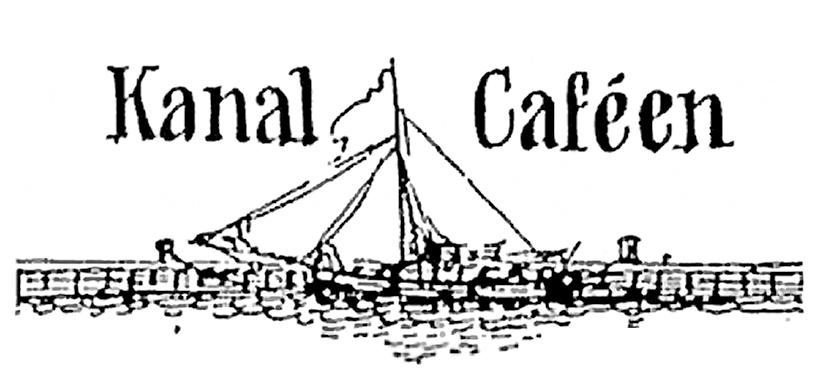History – Kanalcafeen
A genuine Copenhagen lunch restaurant, believed to have been founded in 1852, Kanalcafeen is located in one of the old city’s newer neighbourhoods with many photographs of life at sea displayed in the basement reflecting the influence of its proximity to the waterfront.
Legend tells us that the first publican was King Christian VIII’s former head chef – Alphonse Cassabadan – who, having been awarded the licence for the premises by the King in lieu of a royal pension, purchased the property in 1851. Later – in 1860 – the first registered restaurateur was the 29 year old Knud Mogensen. Originally the ‘Plessenske Palace’ which was built at the same time as the surrounding neighbourhood, was later converted by Cassabadan into two houses – numbers 16 and 18. The original coastline ran along Magstræde, Vandkunsten and Løngangsstræde, continuing westwards to what is, today, the mainland. Off the coast is a multitude of small islands and islets. The largest of these, Strandholmen, was where Absalon (Danish Archbishop and Statesman c 1128 – 1201) built his castle – the name of the island subsequently changing to Slotsholmen (Castle Island).
King Christian IV built a secret arched tunnel from the castle to Vandkunsten which was later given the name Løngangsstræde. This brick tunnel gave the ‘Merry Monarch’ a convenient and discreet backdoor to the city!. It also included a secret passage to the city’s defences and when, in 1659, the Swedes attacked the city they focused their main attack here. The area was considered the weakest part of the defences and, after the war, King Frederik III extended the rampart around the city out into the water to the existing harbour entrance. Behind this rampart a new neighbourhood between the canal and H.C. Andersen’s Boulevard developed. This new area was named Frederiksholm after the monarch.
This new area cut off the old harbour entrance at Gammel Strand causing the water to stagnate. Consequently they had to dig a canal out to open water to solve the problem. This was named Frederiksholms Kanal (canal). From inside the old city centre Rådhusstræde was extended out to the new quay. The new street, named after the canal, is where Kanalcafeen is located.
Kanalcafeen escaped the authorities clamp down on cellar pubs in the 1960s. The reason being that a friendly officer accepted that a purpose-made hole in the ceiling in the innermost pub was approved as the official ceiling height. The hole remains and can still be seen today.
Kanalcafeen was among the last of the ‘men only’ pubs where women were not allowed access unless appropriatedly accompanied (ie by a man). This even applied to Helle Virkner – actress and wife of the Prime Minister Jens Otto Krag (1962 – 68 and 1971 – 72). However, today, all sexes are welcome to enjoy the good food and atmosphere in the café’s cosy basement.
Other regular diners include members of the Folketing (Danish Parliament) and it was here where Poul Nyrup Rasmussen and Niels Helveg Petersen conceived the plot against Svend Auken (Danish Politicians).
